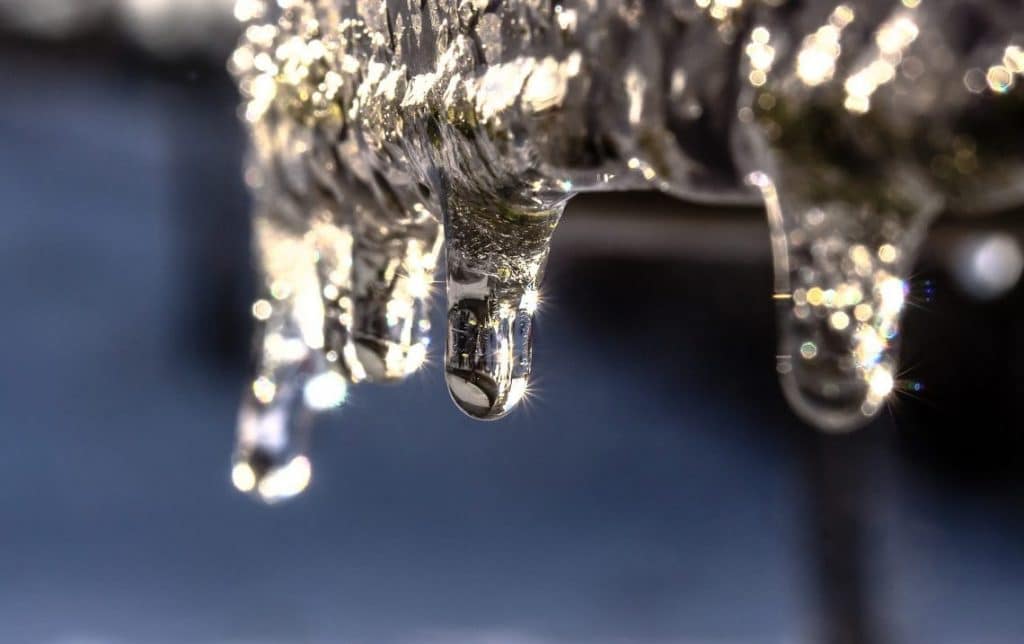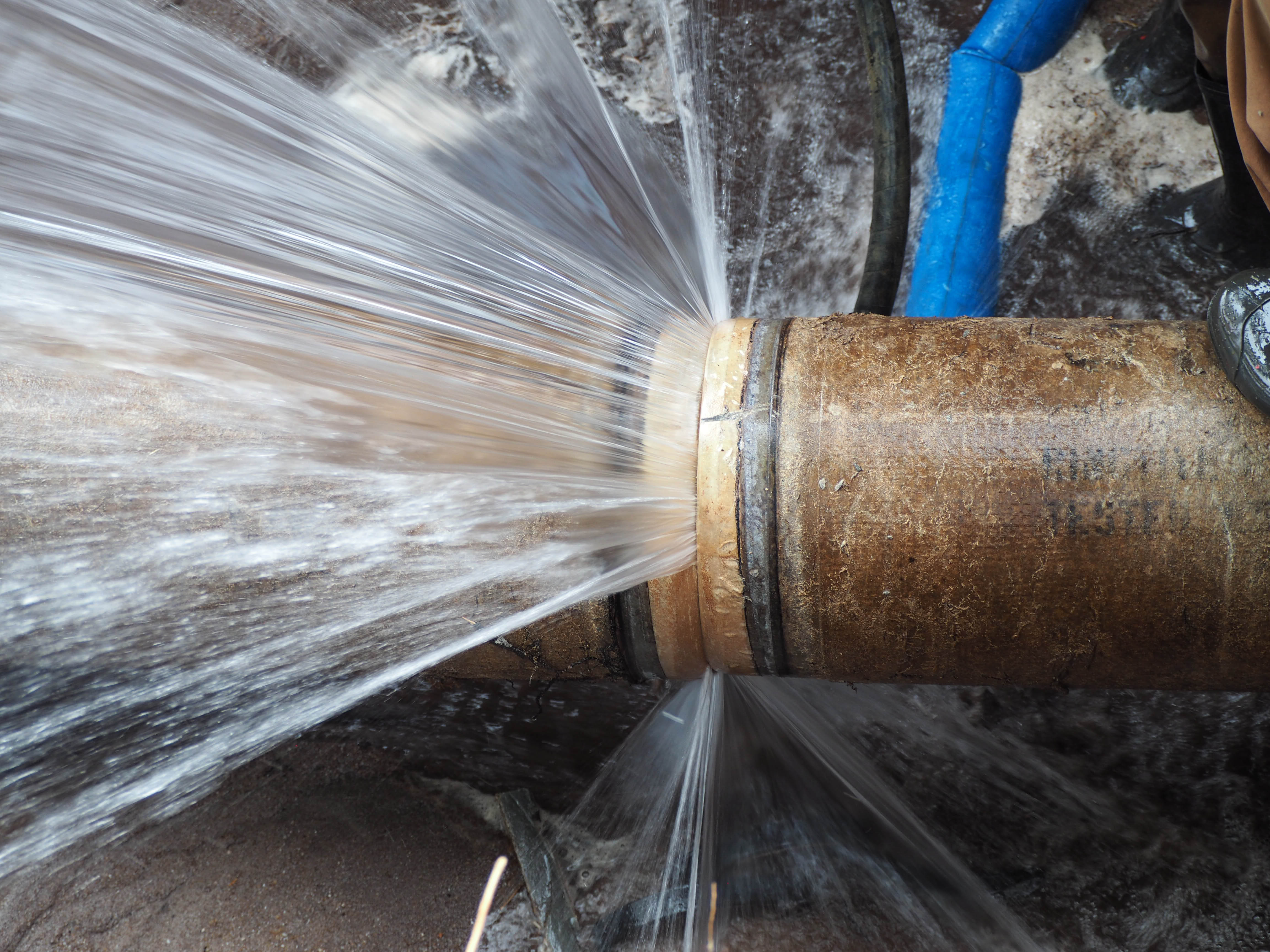They are making a few good pointers related to Winter Plumbing Precautions: Preventing Frozen Pipes overall in the article just below.

Winter can damage your plumbing, particularly by freezing pipes. Below's how to prevent it from taking place and what to do if it does.
Introduction
As temperature levels decrease, the risk of icy pipes boosts, potentially causing costly repair services and water damage. Understanding just how to avoid frozen pipes is critical for homeowners in cool environments.
Recognizing Icy Pipes
What causes pipelines to ice up?
Pipes freeze when subjected to temperatures below 32 ° F (0 ° C) for expanded durations. As water inside the pipes ices up, it broadens, putting pressure on the pipeline walls and possibly triggering them to rupture.
Risks and problems
Frozen pipelines can cause water disruptions, building damage, and expensive repair services. Ruptured pipelines can flooding homes and create extensive structural damage.
Indications of Frozen Water Lines
Determining icy pipelines early can avoid them from rupturing.
Exactly how to determine frozen pipes
Search for decreased water flow from faucets, unusual smells or sounds from pipelines, and visible frost on subjected pipes.
Avoidance Tips
Shielding prone pipes
Wrap pipes in insulation sleeves or use warmth tape to secure them from freezing temperatures. Focus on pipelines in unheated or outside areas of the home.
Home heating methods
Keep indoor spaces properly heated up, specifically locations with plumbing. Open up cupboard doors to enable warm air to distribute around pipelines under sinks.
Securing Exterior Plumbing
Yard hoses and outdoor taps
Separate and drain pipes garden hoses before winter. Install frost-proof faucets or cover outside faucets with insulated caps.
What to Do If Your Pipelines Freeze
Immediate activities to take
If you presume icy pipelines, keep taps open up to soothe stress as the ice melts. Make use of a hairdryer or towels soaked in warm water to thaw pipes slowly.
Long-Term Solutions
Structural changes
Consider rerouting pipelines away from exterior wall surfaces or unheated locations. Include extra insulation to attics, basements, and crawl spaces.
Upgrading insulation
Buy high-quality insulation for pipes, attics, and walls. Correct insulation aids keep regular temperature levels and reduces the threat of icy pipelines.
Final thought
Stopping frozen pipelines calls for positive steps and quick feedbacks. By comprehending the causes, signs, and safety nets, house owners can safeguard their pipes throughout cold weather.
5 Ways to Prevent Frozen Pipes
Drain Outdoor Faucets and Disconnect Hoses
First, close the shut-off valve that controls the flow of water in the pipe to your outdoor faucet. Then, head outside to disconnect and drain your hose and open the outdoor faucet to allow the water to completely drain out of the line. Turn off the faucet when done. Finally, head back to the shut-off valve and drain the remaining water inside the pipe into a bucket or container. Additionally, if you have a home irrigation system, you should consider hiring an expert to clear the system of water each year.
Insulate Pipes
One of the best and most cost-effective methods for preventing frozen water pipes is to wrap your pipes with insulation. This is especially important for areas in your home that aren’t exposed to heat, such as an attic. We suggest using foam sleeves, which can typically be found at your local hardware store.
Keep Heat Running at 65
Your pipes are located inside your walls, and the temperature there is much colder than the rest of the house. To prevent your pipes from freezing, The Insurance Information Institute suggests that you keep your home heated to at least 65 degrees, even when traveling. You may want to invest in smart devices that can keep an eye on the temperature in your home while you’re away.
Leave Water Dripping
Moving water — even a small trickle — can prevent ice from forming inside your pipes. When freezing temps are imminent, start a drip of water from all faucets that serve exposed pipes. Leaving a few faucets running will also help relieve pressure inside the pipes and help prevent a rupture if the water inside freezes.
Open Cupboard Doors
Warm your kitchen and bathroom pipes by opening cupboards and vanities. You should also leave your interior doors ajar to help warm air circulate evenly throughout your home.

I ran across that blog post on Helpful Tips to Prevent Frozen Pipes this Winter while doing a search on the internet. Do you know about somebody else who is interested in the niche? Why not share it. Thank you so much for going through it.
Click Here
Comments on “Protecting Pipes from Freezing Damage: Essential Strategies”